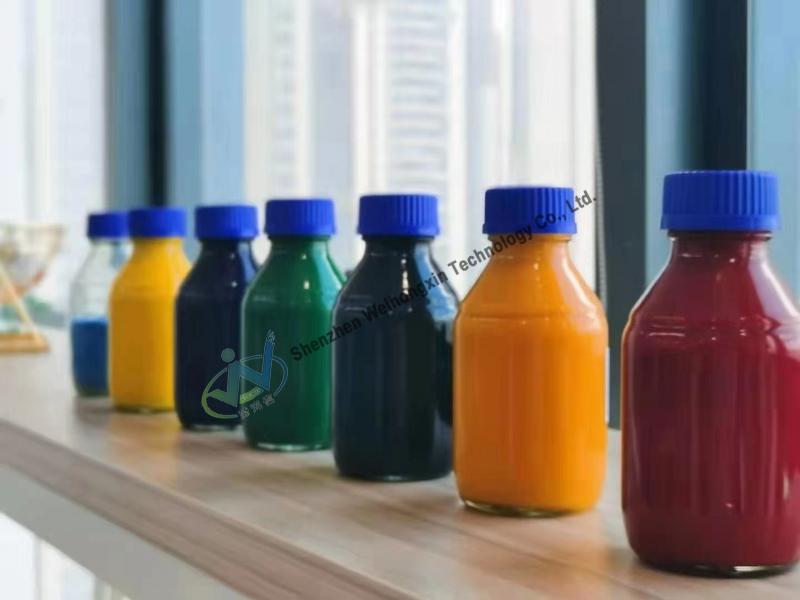18 Types of Polyurethane Foam Formulation References
Sabtech Technology Limited
1,398 followers
1. Low-density high-hardness PU foam
2. Integral skin soft PU foam
3. PU sandwich panels for construction
Formulation (parts by mass): Polyether 9506: 30, AC foaming agent: 0.5, Polyester P3152: 60, Additive/reactive blend: 17, Foam stabilizer: 2.5, HCFC-141b: 25–27, Mixed catalyst: 3.2, PAPI (44V20): 230
Processing: Ambient temp: 24–25°C; Mixing speed: 2900 rpm; Mixing time: 9–10 s; Mold temp: 40–45°C; Curing temp: 90–100°C
Performance: Density 0.038 g/cm³; Compression strength 235 MPa; Tensile strength 255 MPa; Thermal conductivity 0.019 W/m·K; Bonding strength 312 MPa
4. PU rigid foam for refrigerators
5. Open-cell microcellular foam core
6. Cyclopentane-blown polyether blend
7. Polyether blend WF101
8. Composite fabric foam pad
9. Flexible PU foam
10. Polyether-based block soft PU foam
11. PU rigid foam
12. Polyurethane foam
Formulation (parts by mass): Polyether 100, Silicone oil 1–4, PAPI 140–180, Triethanolamine 0.7–1.5, Distilled water 0.4–1.5
Processing: Fully water-blown; Water and PAPI adjusted stoichiometrically according to density; if CaCO₃ is added, 0.5% water content is included and matched with extra PAPI
13. Low-density open-cell PU foam
Formulation (parts by mass): Polyether polyol 100, T9 0.45, Water 5, Cetyl alcohol 5, Silicone stabilizer 1.4, Mixed catalyst 0.07, TDI 58.2
14. High resilience soft PU foam
15. High resilience PU seat cushion foam
16. High resilience block PU foam
Formulation (parts by mass): GEP-330N polyether polyol 60, TDI 80/20 95–115, GPOP-36/28G polymer polyol 40, Amine catalyst 0.2–0.5, Crosslinkers 0.5–3, Dibutyltin dilaurate 0–0.15, Foam stabilizers L5390/L5333 0.6–1.5
Processing conditions: Box foaming, material temperature 24℃, mixing time 3s, cream time 8s, rise time 127s Properties: Foam density 0.014g/cm³,Resilience 67%, Tensile strength 83.7, Elongation 147
17. Medium-hardness high resilience PU foam
18. Low-density low-hardness high resilience PU foam


















 Send Email
Send Email +8613715321452
+8613715321452